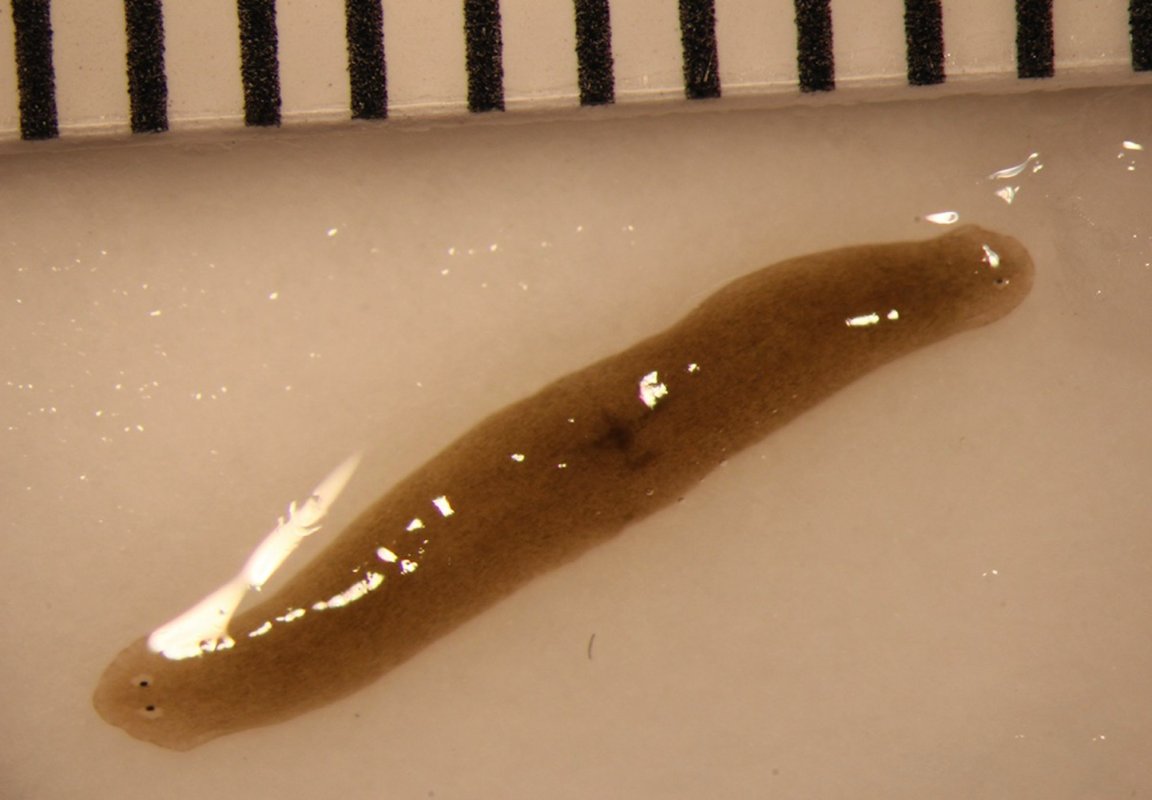
Space Hydra
The International Space Station (ISS) is an invaluable tool that helps us understand how our Earth-based technologies and biology operates in space. It has been confirmed that space travel does indeed impact human biology, even down to the genetic level. Even so, researchers looking into how a species of flatworms fare in space were not prepared for what they found.
To the great shock of the team, one of the fifteen amputated planarian flatworms that spent five weeks aboard the ISS ended up growing back two heads once back on Earth. These findings have been published in the journal Regeneration.
Planarian flatworms have remarkable regeneration abilities. They are able to regenerate complex body systems even from a tiny piece of their bodies. After their all-inclusive stay upon the ISS, the worms were brought back to Earth and observed for an additional 20 months. During this time, researchers noticed that one of the worms was regenerating its head, along with another. The scientists then amputated the two heads and the worm once again grew back two heads.

Human Powers
They may not have been able to pinpoint the exact changes that allowed for this phenomenon to occur, but the scientists had never seen this happen in eighteen years of studying these worms. This lead the team to hypothesize that space travel is what caused the change.
With humanity gearing up to launch the first humans to Mars, discovering how biology changes as a result of space travel is of the utmost importance. As humans continue to spend longer periods of time in space, we need to know what to expect so we can prepare for these changes or maybe even take steps to prevent them.
One possible implication of these findings is that once we figure out the mechanisms of space travel that triggered this change, we may be able to harness them to achieve desired results, like giving humans the ability to regenerate, for example. As the paper notes, it “could be used to trigger desired morphological, neurological, physiological, and bacteriomic changes for various regenerative and bioengineering applications.”